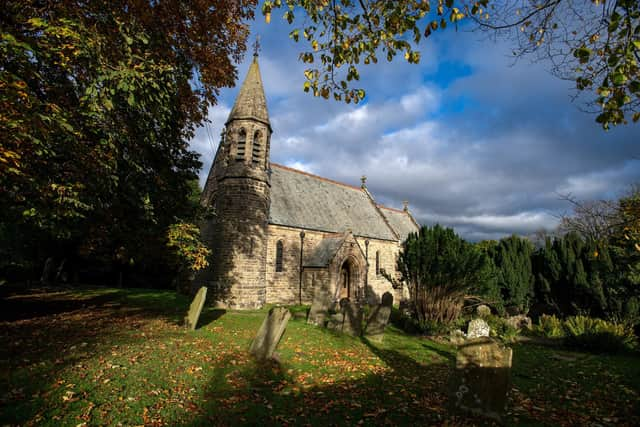Yorkshire Dales villagers organise archaeological dig to excavate vanished churches from centuries ago themselves
The Victorian church of St Michael and All Angels was built on the site of at least two earlier chapels in the village of Hudswell, near Richmond, which itself dates back to Norman times.
The Hudswell Community Charity, which was established in the 1600s to provide parish relief and social housing, has been awarded a £6,430 National Lottery Heritage Grant to run the excavations, which will be overseen by two archaeologists who live in the area.
Advertisement
Hide AdAdvertisement
Hide AdThe land where the community dig will take place was acquired from the Church of England when St Michael and All Angels was closed in 2017, deconsecrated and eventually sold. The charity now owns the building and has plans to convert it into a walkers and cyclists’ hostel, preserving local access to the burial ground.


Trustee Martin Booth said: “We know that Hudswell is a very old settlement, as it is recorded in the Domesday Book, and we know that the current church, built in 1885, was at least the second and possibly the third church on this site. However, very little is known about the earlier churches, and why they were built some distance from the current village centre.”
A large team of volunteers, many of them local children, will be involved in the dig. Aerial photography has been used to determine the site of interest. The findings will be displayed on information boards within the hostel when it opens.
As part of the project, a survey of gravestones in the churchyard has been completed, with information collected on people who lived in Hudswell as early as the mid-1700s.
Advertisement
Hide AdAdvertisement
Hide AdGrave records show that the previous church was built in 1711, and it is thought there was also a medieval place of worship there before it. The village ‘moved’ because the cluster of houses originally built around the church were in such an exposed location.
The dig begins on July 9. Anyone wishing to take part should register their interest with [email protected].
